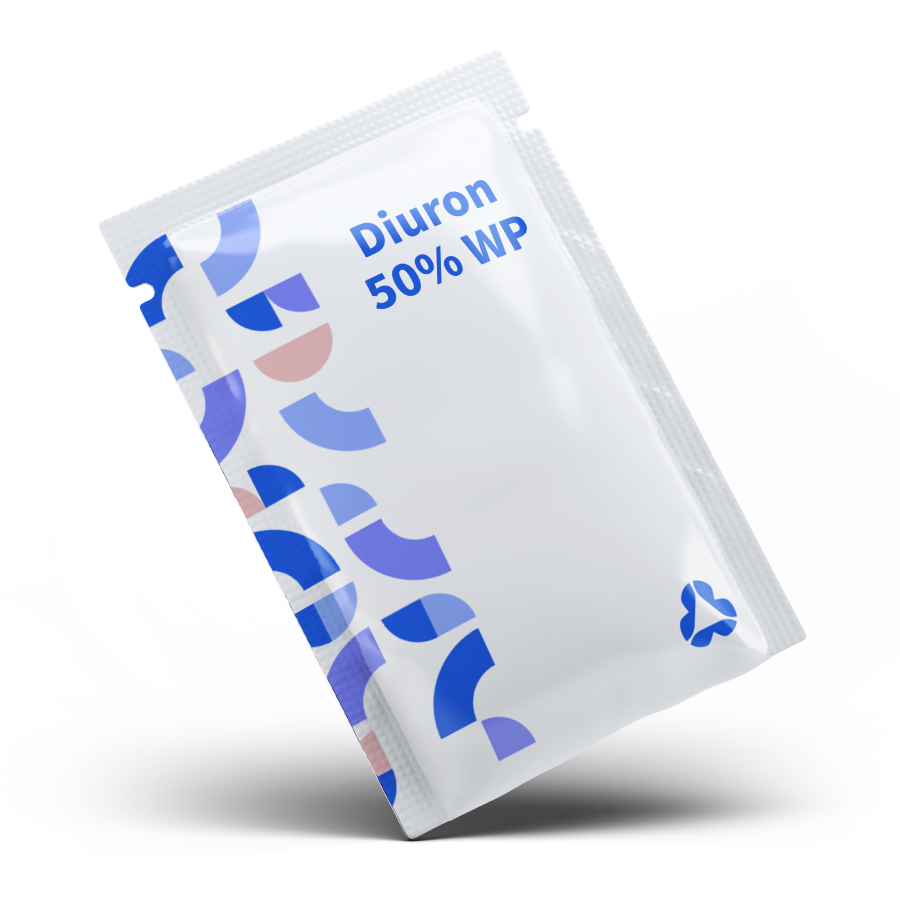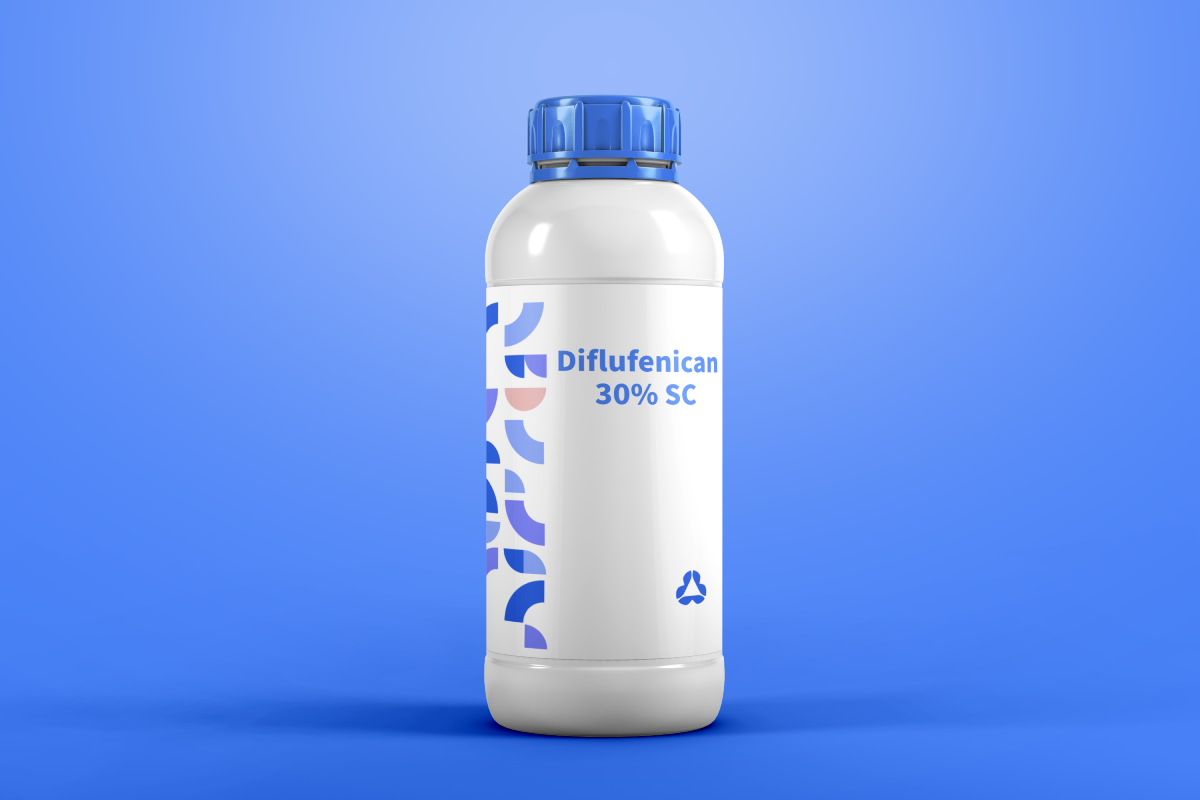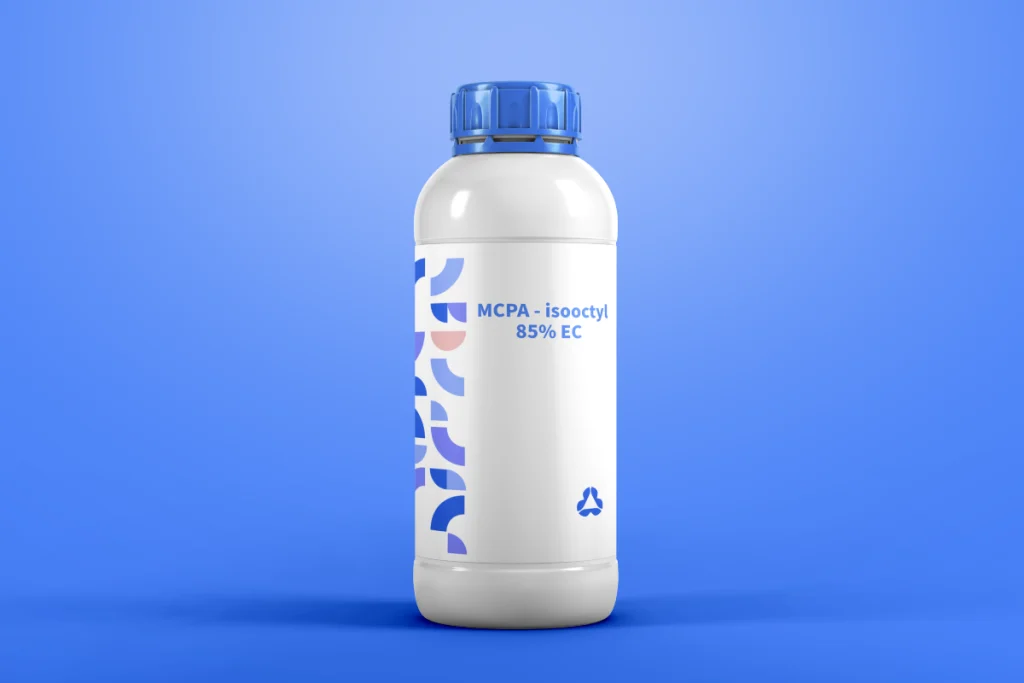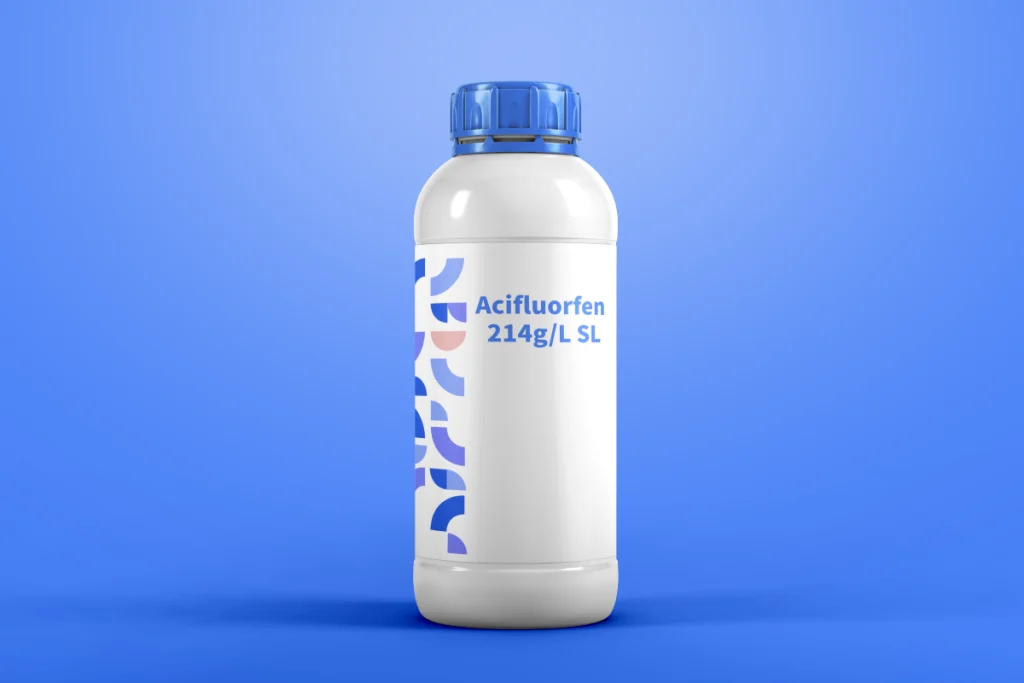Diflufenican 30% SC (Suspension Concentrate) is a high – performance selective herbicide, playing a crucial role in modern weed management strategies. As a member of the pyridine carboxamide herbicide family, it effectively targets a wide range of annual broadleaf weeds, making it an ideal choice for use in winter cereals such as wheat, barley, and rye. The 30% SC formulation, containing 300 g/L of diflufenican as the active ingredient (CAS No. 83164 – 33 – 4), offers excellent suspension stability. This ensures uniform distribution during application, leading to consistent and reliable weed control results.

Diuron Herbicide | Selective Pre- and Post-Emergence Weed Control
Diuron is a systemic herbicide from the urea family, valued for controlling annual grassy and broadleaf weeds in crops like cotton, sugarcane, and potatoes. As



